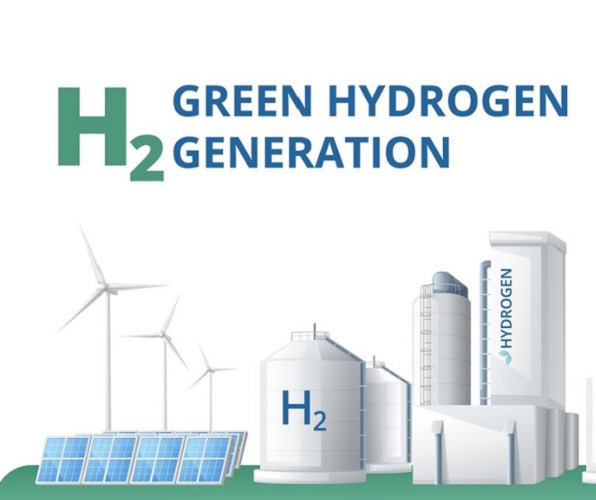European Energy has officially opened its first green hydrogen facility in Denmark, marking the company’s entry into large-scale hydrogen production using renewable energy sources.
The construction of the plant was completed in June 2024, and after a successful commissioning phase, it is now operational, featuring the first electrolyser supplied by Danish company Stiesdal.
Plans are underway to expand the facility with two additional electrolysers, with the next one expected to be installed in 2025. Once all three units are operational, the plant will have a total capacity of 12 MW and an anticipated annual hydrogen production of 1,500 metric tonnes.
“With the start of operations at Måde, we can deliver green hydrogen to the market,” said Knud Erik Andersen, CEO of European Energy. “This achievement shows that the transformation of our energy systems is not just a distant vision – it’s happening right now. European Energy is proud to be at the forefront of this change.”
The green hydrogen produced at the Måde facility will be supplied to the Port of Esbjerg and an industrial gases company. Additionally, excess heat from the hydrogen production process will be utilized by DIN Forsyning, the local heating utility in the Esbjerg municipality, contributing further to the area’s decarbonization efforts.
Centrica will act as the facility’s balancing and optimization partner, ensuring efficient management of energy use and fuel production to maximize output and minimize costs.
The operation of the plant is expected to provide valuable insights into green hydrogen production for European Energy. “This facility is just the beginning,” said Emil Vikjær-Andresen, European Energy’s executive vice president and head of power-to-X.
“By capturing lessons learned from designing, constructing, and commissioning the plant, we will reduce costs and time for future projects while improving project economics. This is crucial for decarbonizing industries that are difficult to electrify directly.”
European Energy is also in the commissioning phase of its Kassø green methanol facility, which aims to produce its first green methanol by the end of 2024.





